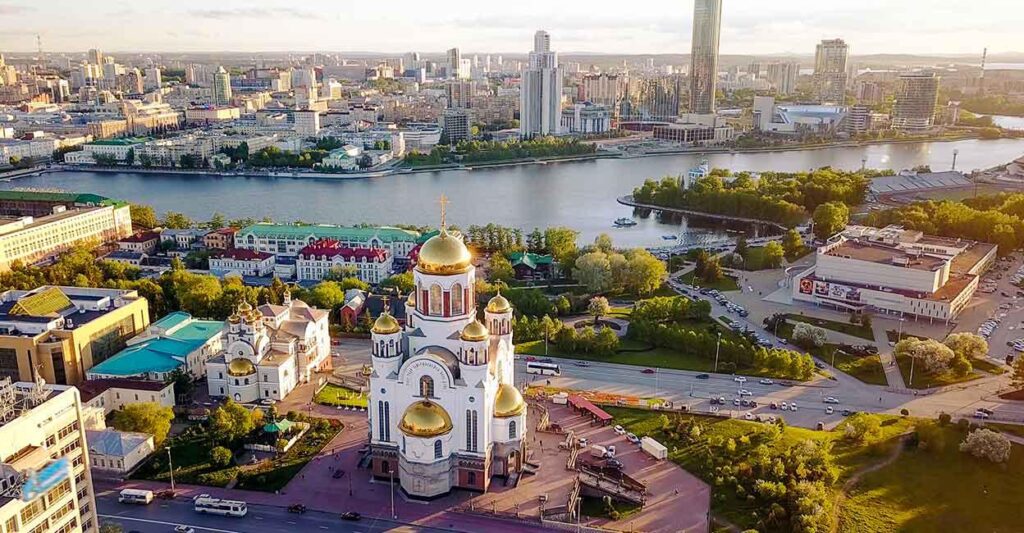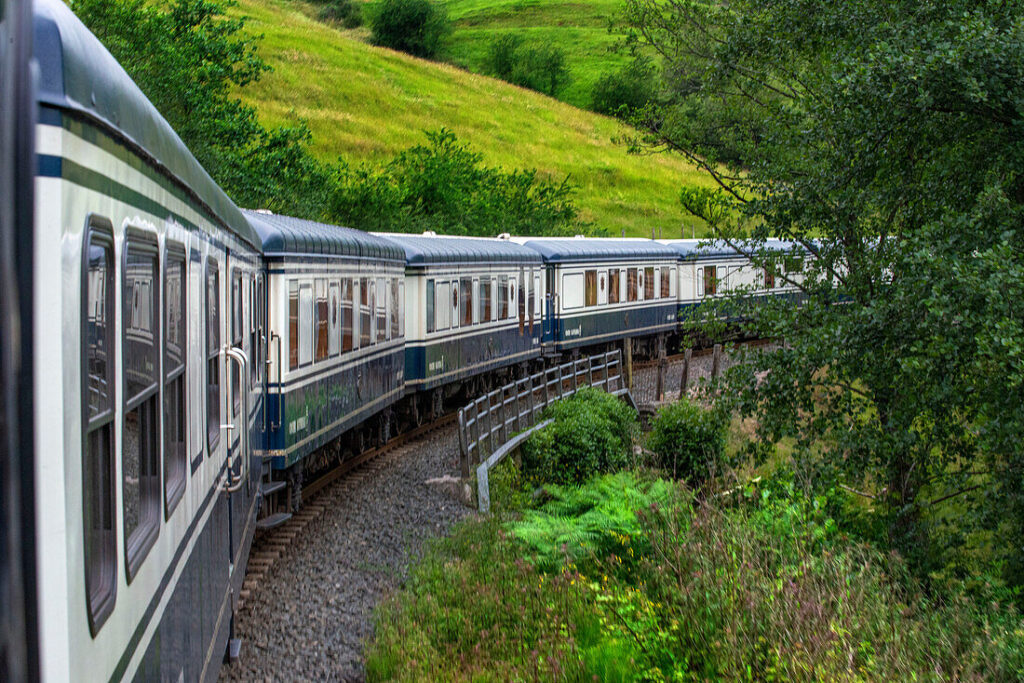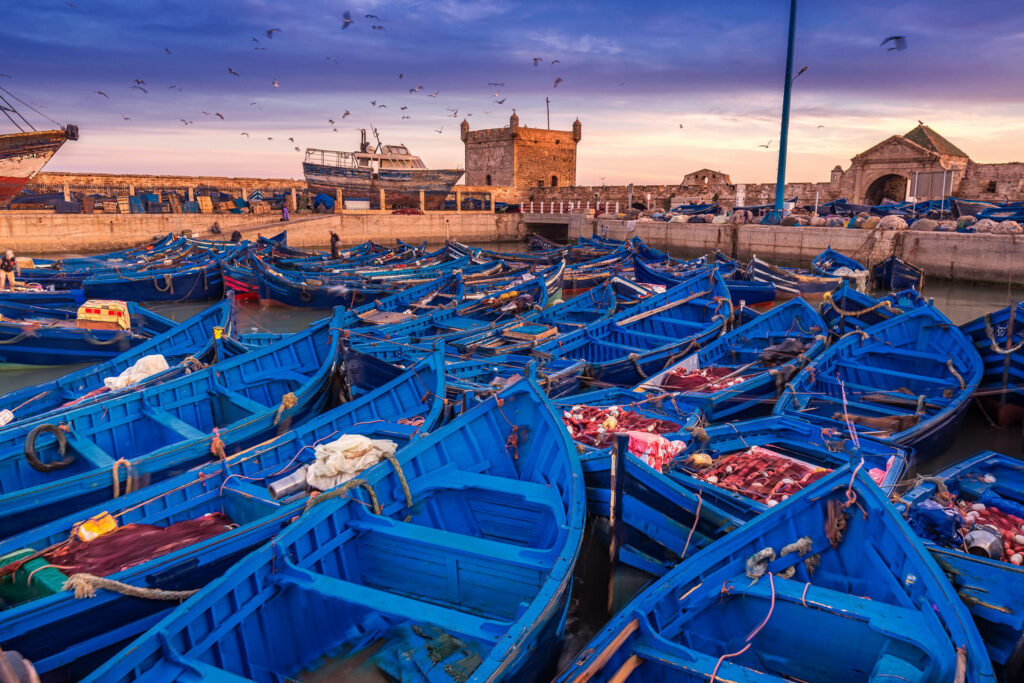Places to Visit In Peru with Travel Tips
Popular for its vibrant culture, rich history, and spectacular landscapes, Peru provides an excellent travel experience for explorers and adventurers alike. From the vague ruins of Machu Picchu to the splendid tips of the Andes, Peru is a destination that enchants the senses.
Engage yourself in the diverse culinary setting, sampling traditional dishes like lomo saltado and ceviche, or embark on exhilarating hikes through the rough terrain.
Whether you are attracted to the dense Amazon rainforest, the old ruins of the Incas, or the coastal charm of Lima, Peru has something to provide each visitor. Get ready to venture on a trip of discovery as you dig into the splendors of Peru!
Read more at https://www.yourvacationtrip.com/best-places-to-visit-in-peru/
Climate
Peru only has two distinct seasons, dry and wet. This is because it’s on the equator.
High Season coincides with the driest months of May to October with the busiest times during July and August which is winter. Winter in the Andes is beautiful; the days are sunny at about 20°C and the nights chilly, sometimes dropping as low as 1°C. In the highlands, temperatures can drop as low as -5°C.
The above doesn’t apply to the jungle. Average temperature all year is about 31°C max and 21°C min.
Late September to October is a great time to visit Peru if you want to avoid the crowds. The weather is still beautiful but there is a chance of light showers. There is also less snow in the mountains.
November to April is the wet season. In the mountains, the roads and treks can be impassable during the wettest times. This is also the quiet time when visitors are almost guaranteed to have places to themselves.
Check the weather forecast for your specific destination before your trip and pack accordingly. It’s always better to be prepared for different weather conditions.
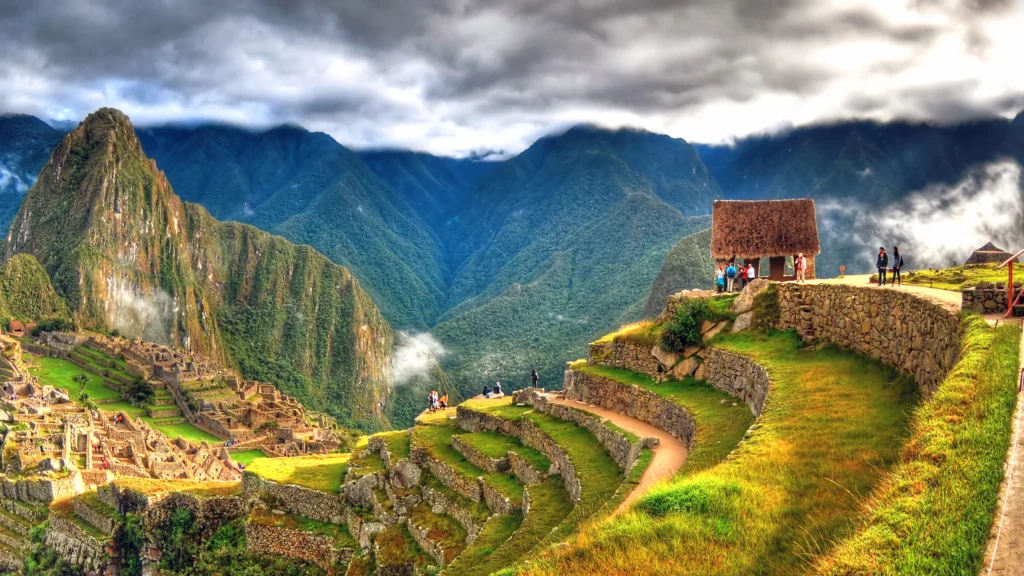
General Peru Travel Tips
Yellow Fever Vaccination is essential for Peru. When arriving back in Australia and most other countries, officials ask to see proof of it.
When arriving in Cusco (3400 meters elevation), drink plenty of fluids especially after long flights. Dehydration makes it harder to cope with the high altitude. Try to avoid alcohol especially the first 24 hours and avoid it altogether before a trek.
Regardless of the season, always carry sunscreen with a high SPF, as the sun can be strong in Peru, especially at higher altitudes.
Stay hydrated and drink plenty of water, especially in the highlands, to prevent altitude sickness. It is also recommended to avoid excessive alcohol consumption and heavy meals.
A lot of people told us the herb Ginkgo Biloba helps them with altitude.
Medications such as Dexamethasone can reduce the effects but no medication can prevent altitude sickness.
There are shortages of ATMS and money changes in Peru especially in the bigger cities such as Lima, Cusco and Iquitos. Many ATMs are secure with the big banks where customers go inside to use them. Most give the option of withdrawing in Soles or US Dollars. In Aguas Calientes, Ollantaytambo and smaller towns they are harder to find. It is always a good idea to have cash on you before traveling to these places.
The markets in the Sacred Valley are at their best and busiest on Sundays. Pisac market still has plenty of stalls and a lot to see any day of the week, though. Chinchero market is a lot smaller on weekdays and specializes in weaving and textiles.
Locals are usually happy to have their photos taken when asked. Be prepared to pay a couple of Soles. It is handy to always have some small change. Many locals, using their innovative dress in traditional clothing and accompanied by their llamas, make a living from this.
Most hotels have free WiFi.
Learn a few basic Spanish phrases to communicate with locals.
The Peru power supply is 220 Volt 60Hz and Type A / B / C Plug. The only exception is Arequipa which has 220 Volt 50Hz.
Food tips for peru
Though Peruvian dishes are mainly meat-based, vegetarianism is usually available in Peru. If no specialized vegetarian is available there are many pizzerias and most have vegetarian pizza options or will make a custom pizza or adapt food on the menu for vegetarians.We love the food in Cusco and Ollantaytambo, as there are so many vegetarian choices.
Our favorites in Cusco are a local pizzeria called La Bodega, Jack’s Café and Green Point My Vegan Restaurant (not to be confused with Green’s Organic).
In Ollantaytambo, El Albergue serves some of the best vegetarian food.
In Aguas Calientes, The Tree House, Incontri del pueblo Viejo and El Indio. Though not specialized vegetarian restaurants, but they are really nice.
In Cusco and Ollantaytambo, many quaint local restaurants overlooking the main square have vegetarian options on their menus.
Our favorite cafe in Iquitos is Karma Café which serves lots of delicious vegetarian and healthy options.
The breakfasts supplied at most of the hotels consist of tea, coffee, fruit juices, eggs to order, toast, pancakes and fruit.
Don’t hesitate to ask locals or fellow travelers for restaurant recommendations, they often have insider tips on the best places to eat and can guide you to hidden culinary gems.
Local Peruvian markets are not only great for shopping but also for experiencing the vibrant food culture of Peru, explore the colorful stalls, sample fresh fruits, try local snacks, and interact with the friendly vendors.
Traditional Vegetarian Food Tips
Quinoa is a staple in Peruvian cuisine. So, it’s a must to look for dishes like quinoa soups, quinoa salads, or quinoa-stuffed vegetables.
When visiting Lima, try Causa, a traditional Peruvian dish made with mashed yellow potatoes seasoned with lime juice and aji amarillo (yellow chili pepper.
Savor Papa a la Huancaina, another popular Peruvian potato dish that can be enjoyed by vegetarians.
Peruvian cuisine offers a variety of hearty and comforting soups that are often vegetarian-friendly. Try dishes like sopa de quinoa (quinoa soup), sopa a la minuta (vegetable and noodle soup), or sopa de verduras (vegetable soup).
Explore Vegetarian Anticuchos, they are typically grilled skewers of meat, but vegetarian versions are also available.
Savor Stuffed Rocoto Peppers: it is a traditional Peruvian dish featuring spicy rocoto peppers stuffed with a mixture of vegetables, cheese, and spices.
Don’t Forget About Side Dishes, Peruvian cuisine offers a range of delicious vegetarian side dishes that can accompany your meals.
You can customize your meals too. Many Peruvian restaurants are accommodating and willing to make adjustments to cater to vegetarians. Feel free to ask if dishes can be prepared without meat or if vegetarian options are available.
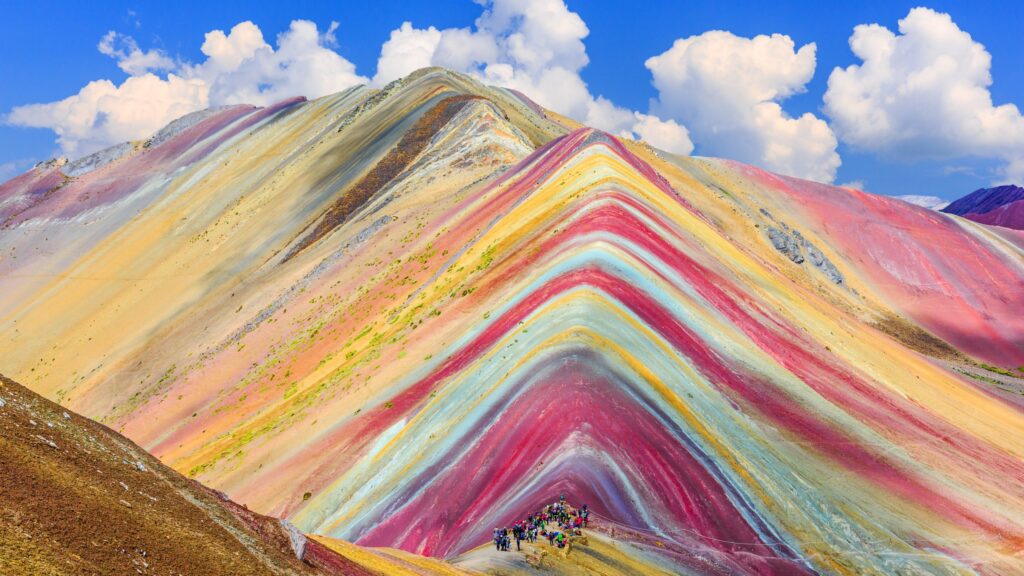
All About Machu Picchu
Machu Picchu is located at a high altitude (2,430 meters or 7,970 feet). To avoid altitude sickness, spend a few days acclimating in Cusco or other nearby towns before visiting Machu Picchu.
Train tickets to Machu Picchu can be sold out weeks in advance during the high season.
Trains trips from Ollantaytambo to Machu Picchu take about 90 minutes to 2 hours.
Trains also depart from Poroy; a small village about 20 minutes out of Cusco. It takes about 3 hours and 30 minutes to get to Machu Picchu. This route often has track closures because of the terrain.
Taking a bus, taxi or private transport to Ollantaytambo first is the easiest and less expensive way to get to Machu Picchu.
Purchase entrance tickets to Machu Picchu before you leave Aguas Calientes. At Machu Picchu, payment options are limited and there can be delays at the gate.
During the high season, to be among the first visitors at Machu Picchu visitors need to be at the bus stop in Aguas Calientes no later than 4 am. Though the site doesn’t open until 6 am the crowds start lining up at the bus stop way before this.
Hotels in Aguas Calientes will pack a breakfast that guests can take with them. There are also cafes near the bus stop that open early for commuters.
From Aguas Calientes to Machu Picchu the bus ride takes about half an hour.
Visitors must take their passport, as this is necessary at the entrance.
Treks to Machu Picchu need to be booked up to 6 months in advance throughout the high season. There is a limit of 500 people a day on the trek. This makes it very busy and camps and toilets get crowded.
Consider hiring a local guide who can provide insights into the history, culture, and significance of Machu Picchu. They can enhance your experience and help you navigate the site more effectively.
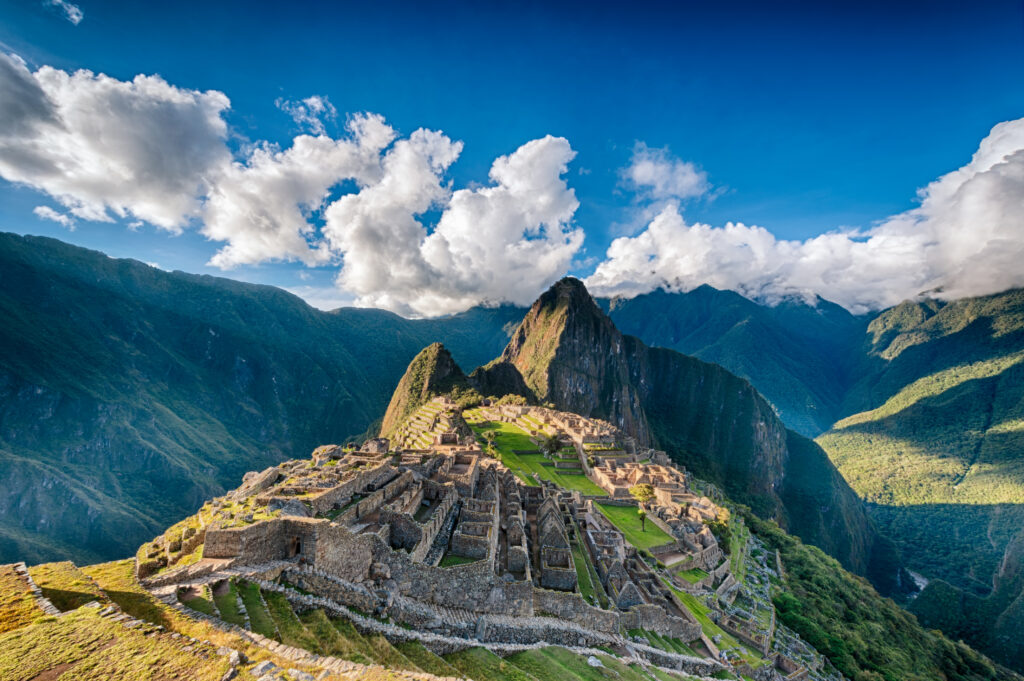
Some travelers walk or run up to Machu Picchu from Aguas Calientes. It is a steep uphill climb that gains 400 meters altitude. (Machu Picchu is 2430 meters high.) The gates outside of Aguas Calientes open at 5.30 am so walkers can’t leave before this. We spoke to a couple who were into their fitness and it took them an hour to run up. The average person can expect to take about 2-3 hours walking.
For that ultimate shot and panoramic views head straight to the ‘Guardhouse’. It is easy to find by following the map that’s handed out at the entrance.
The Sun Gate is about another 45 minutes to an hour walk uphill. From here there is an impressive view of Machu Picchu and all the surroundings. As beautiful as it is, Machu Picchu is very far in the distance. The round trip is 2-4 hours, so when arriving back at the ruins, the crowds have arrived.
The trek to Huayna Picchu takes about 2 -3 hours. It is very exposed, steep and has a lot of stairs. This trek is challenging and not for everyone. The view of Machu Picchu is even further away here than the Sun Gate.
Re-entry into Machu Picchu is allowed 3 times a day. This means visitors can leave late morning when it starts to get hot and crowded and return in the late afternoon when it’s cooler and fewer crowds.
Bathrooms at Machu Picchu are outside the gates. Re-entry also includes visits to the bathroom. Take change as it costs 1 Sole to use the bathroom. There are no exceptions.
Take a hat and at least one bottle of water. There is a lot of walking to do around the ruins. As soon as the sun comes out it can get hot as there is no protection around the ruins.
Buses depart back to Aguas Calientes all day at least every 20 minutes.
The site starts getting packed with tourists around 10 am. There can be up to 5000 visitors per day at the site.
If getting the ultimate photos of Machu Picchu is important, we recommend visiting Machu Picchu for two mornings. In the mountains, there is a big chance of rain and so much cloud and mist over the ruins that it can’t be seen. Even though this adds mystery it is not good for great photos!
There are restrictions for professional photographers at Machu Picchu. If you have too much camera equipment they can check your pack and charge more for entry. Officially, packs bigger than 20 liters, lenses bigger than 200mm, and large tripods are not allowed. This is generally not enforced but it is best to be as minimalistic as possible.
The rules for visiting Machu Picchu change all the time due to the historical site being so crowded it is affecting the preservation of the ruins. More information on the New Rules for Machu Picchu
Cusco Travel Tips
Cusco is situated at a high altitude (3,400 meters or 11,150 feet), so it’s important to acclimate before exploring the city. Take it easy, drink plenty of water, and avoid heavy meals and alcohol during your first few days to prevent altitude sickness.
Located just outside Cusco, Sacsayhuaman is an impressive Inca archaeological site. Marvel at the massive stone walls and enjoy panoramic views of Cusco from the hilltop.
San Pedro Market is a bustling market where you can find local produce, handicrafts, textiles, and souvenirs.
Check out the Museum of Pre-Columbian Art, Coricancha Museum, and the Inca Museum to learn more about the fascinating Inca civilization.
The Sacred Valley, located near Cusco, is home to stunning landscapes, ancient ruins, and traditional Andean villages. Plan a day trip to explore sites like Pisac, Ollantaytambo, and Maras-Moray.

Jungle Travel Tips
Iquitos is an interesting city with lots of activities and day tours. If doing a cruise or staying at a lodge, it is worth staying an extra couple of days in Iquitos.
The jungle also has only two seasons – dry and wet. They are also known as the low and high water season. June to December is dry and December to April is wet. The average temperature all year is about 31°C max and 21°C min. The humidity averages 63% to 99%. High season is the same as the rest of Peru, May to October. There are different opinions what the best season is for viewing wildlife, some say the dry season is best as wildlife congregates to the smaller areas of water; while in the wet season boats can get closer to the forest canopies and many plants and trees drop their fruit which attracts monkeys and other rainforest animals.
Tuk-tuk drivers in Iquitos wait outside hotels, offering tours and transports to the tourist attractions around Iquitos. They have standard colorful brochures to show would-be customers. Most of these involve a tuk-tuk drive to the harbor and then a water taxi boat, and then another tuk-tuk. They will arrange the whole tour and their prices (after a little bartering) were no more expensive than if we arranged it ourselves.
Light long pants, long-sleeved shirts and boots are essential for walks in the jungle. Though it is steaming hot and all we felt like walking in is shorts and shirt, there are a lot of stinging and thorny plants.
After the jungle walks and while relaxing in the lodges, shorts, light shirts or singlets and thongs are all that is needed.
Even though we didn’t come across any mosquitos, flies or insects, they can be in abundance at times, so take insect repellent just in case.
The jungle’s physical activity and high humidity can cause you to sweat more than normal, so it’s essential to stay well-hydrated.
Don’t have too high expectations of seeing wildlife in the Amazon. Though it has an ecosystem unrivaled anywhere else, it is very hard to see the wildlife. Unless humanized it is very rare to get close to monkeys, sloths and other animals. They are very shy and elusive.
Bird watchers have much more luck with so many bird species, especially on the Yarapa River. It is a dream destination for bird watchers.
On a big cruise ship, it is unlikely that much wildlife will be viewed up close unless they visit somewhere where the wildlife is humanized.

Ollantaytambo Travel Tips
Ollantaytambo is home to impressive Inca ruins. Take the time to explore the Ollantaytambo Archaeological Park, which includes terraces, temples, and other ancient structures.
Ollantaytambo is situated at a relatively high altitude (2,800 meters or 9,200 feet). If you’re arriving from a lower altitude location like Lima or Cusco, take it easy and allow yourself time to acclimate before engaging in strenuous activities.
Ollantaytambo’s streets are lined with original Inca stonework and colonial buildings. Take a leisurely stroll through town to admire the architecture, visit local markets, and interact with the friendly locals.
The main square of the town, known as Plaza de Armas, is a central gathering point with beautiful gardens and a relaxed atmosphere. It’s a great place to sit back, people-watch, and enjoy the surroundings.
For a free and less crowded alternative to the Ollantaytambo ruins, consider hiking up to the Pinkuylluna viewpoint.
Try traditional dishes like “cuy” (guinea pig), “alpaca steak,” or “lomo saltado” (stir-fried beef with vegetables). Don’t miss out on trying the local “chicha” drink made from purple corn.
Ollantaytambo is a departure point for trains to Machu Picchu. Book your train tickets in advance, and consider taking the scenic Vistadome or luxurious Hiram Bingham train for a more memorable journey.
Sacred Valley travel tips
The Sacred Valley sits at a high altitude, and many of its attractions are even higher. Take it easy for the first couple of days, stay hydrated, and avoid excessive physical exertion to minimize the effects of altitude sickness.
The Sacred Valley has numerous attractions, and starting your day early will allow you to make the most of your time. Some sites, like Pisac and Ollantaytambo, can get crowded with tourists later in the day.
Consider buying the “Boleto Turistico del Cusco” (Tourist Ticket of Cusco), which provides access to multiple sites in the Sacred Valley, including Pisac, Ollantaytambo, Moray, and Chinchero.
Locals of the Sacred valley are too warm. Take some time to interact with the locals and learn about their customs and traditions.
Explore Lesser-Known Sites: While Pisac, Ollantaytambo, and Moray are popular attractions, consider visiting lesser-known sites like the Huchuy Qosqo ruins or the agricultural terraces of Tipón for a more off-the-beaten-path experience.
Take the time to soak in the breathtaking landscapes, stunning archaeological sites, and the peaceful atmosphere of the Sacred Valley.
This region has a unique energy and beauty that can be truly appreciated by slowing down and savoring the moments.
Tips for visiting Lima
Lima has a mild and temperate climate, with mild winters and warm summers. However, it experiences high humidity and frequent fog, known as the “garúa.”
Pack clothing suitable for mild temperatures, including light layers and a jacket or sweater for cooler evenings.
Lima offers a range of diverse neighborhoods worth exploring. Miraflores is one of our preferred places known for its parks, shopping centers, restaurants, and seaside promenade.
Another is Barranco, an artistic neighborhood with vibrant nightlife, art galleries, and historic architecture. The Historic Center (Centro Histórico) is home to colonial buildings, museums, and the Plaza de Armas.
Lima is quite known for its ceviche, a dish of raw fish or seafood marinated in citrus juice, as well as other Peruvian specialties like causa (potato-based dish), anticuchos (grilled skewers), and lomo saltado (stir-fried beef).
Visit local markets, such as Mercado Surquillo or Mercado Central, to sample a variety of traditional dishes.
The Larco Museum is a must-visit attraction in Lima, showcasing pre-Columbian art and artifacts. Explore the museum’s extensive collection of ceramics, gold and silver pieces, textiles, and more.
Lima’s Malecón, or seaside promenade, stretches along the coast and offers beautiful views of the Pacific Ocean.
Visit the Huaca Pucllana, an archaeological site located in the heart of Miraflores.
Lima has a vibrant nightlife scene with numerous bars, clubs, and live music venues. Barranco is particularly known for its bohemian atmosphere and lively bars.
Tips on Documents and Travel Insurance
A valid passport is needed for all foreign trips, and it must be valid for at least six months after the date you enter Peru. Make sure to carry your passport with you at all times while in Peru, and keep a photocopy or digital scan of it in a separate location.
Check the visa requirements for your nationality before traveling to Peru. Many nationalities, including citizens of the United States, European Union, Canada, Australia, and several other countries, can enter Peru as tourists without a visa for a specified period (usually up to 90 days).
Upon arrival in Peru, you will be issued a Tourist Card, also known as a Tarjeta Andina de Migración (TAM). Fill out this card with accurate information and keep it safe. You may be required to present it upon departure from the country, so it’s important not to lose it.
Purchase comprehensive travel insurance that covers medical emergencies, trip cancellation/interruption, baggage loss/delay, and other unforeseen events. Ensure that the policy provides adequate coverage for the duration of your trip to Peru.
It’s recommended to have coverage for emergency medical evacuation, as some regions in Peru have remote areas with limited medical facilities.
Check if your regular health insurance provides coverage while traveling abroad, including medical treatment and emergencies in Peru. If not, consider purchasing additional travel health insurance to cover any potential medical expenses during your trip.
If you plan to engage in adventure activities like trekking, mountain climbing, or other adventurous pursuits, ensure that your travel insurance policy covers these activities. Some activities may require additional coverage due to the higher risks involved.
Carry a list of emergency contacts, including the contact information for your travel insurance provider, embassy or consulate, local emergency services in Peru, and important personal contacts.
Make digital copies of important documents such as your passport, visa, travel insurance policy, and any other essential identification.
Stay updated on travel advisories and warnings issued by your government regarding travel to Peru.
Register with your country’s embassy or consulate in Peru for travel alerts and emergency assistance while you’re in the country.
Our clothes for the trek
Trekking boots and thick thermal socks
Thermals (long pants and a long-sleeved top) I lived in my thermals and never took them off!
Trekking Pants
Outer layer top
Jacket with a Gore Tex outer shell and fleece under layer
Gloves and beanies are essential. It was so cold on our first night that even snuggled up in my sleeping bag I slept with both gloves and beanie on!
Hats – even though it’s cold the sun is still very strong during the middle of the day.
A liter aluminum water bottle each which was filled by the team at mealtimes after boiling the water. These are better for the environment too, rather than the plastic bottles.
Backpacks with our water, cameras and anything else we wanted access to during the day, such as lip balm, sunscreen and hats.
Keep hydrated and drink plenty of liquids. Dehydration decreases the body’s’ ability to acclimatize to the high altitude, so dehydration can be confused with altitude sickness.
Spending a couple of days in Cusco before our trek helped us to acclimatize and adjust to the altitude on the trek.
Reducing or avoiding alcohol before the trek also reduces the risk of dehydration and helps to cope with high altitude. We never drank alcohol for the two days before the trek. Lots of water, fresh juices and coca tea helped us cope with the altitude.
Pace yourself. One of the great benefits of a private trek is going at our own pace.
We hired two porters to carry our camera backpacks. The focus was solely on the trek and the spectacular scenery. Both of us are very keen to employ locals and our two porters came from the villages on the Lares trek.
Our trek was private with Alpaca Expeditions. They are a local company who are committed to sustainable tourism. They have many social projects in Peru that improve the living conditions of the locals and children who live in the villages on the treks.
There are a lot of advantages to a private trek. With only the two of us, we could set the pace and take breaks when necessary. There was no need to worry if we were holding the group back. Meals and mealtimes were catered especially for us. Being keen photographers, the Alpaca team went out of their way to accommodate us, and would often foresee what we wanted. This would be more difficult with a larger group. There was a rapport with our team and firm friendships formed.
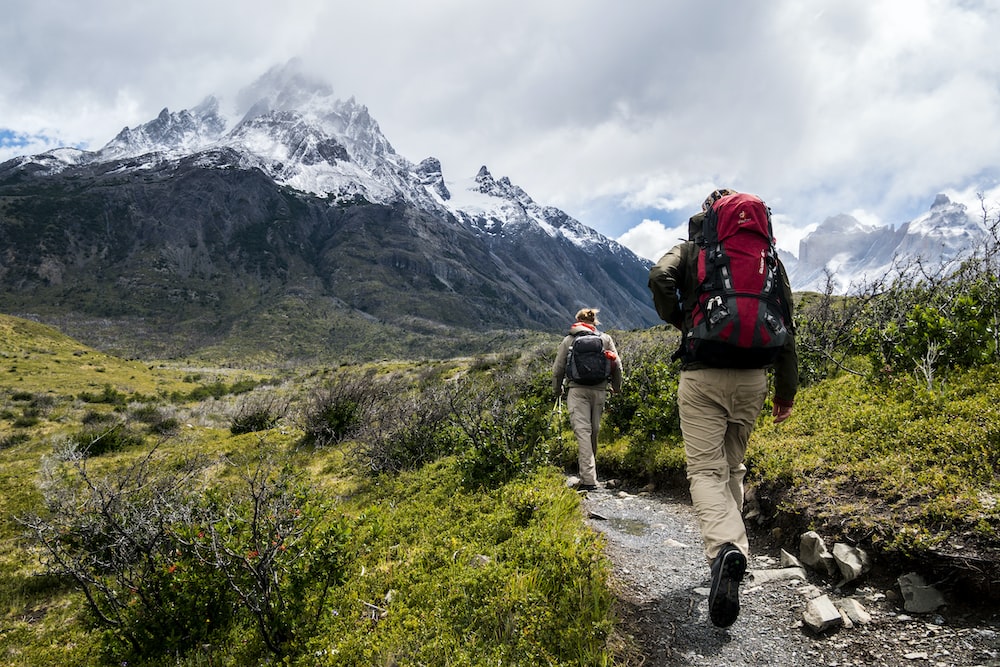
Tips on Toiletries and Personal Items
To comply with airline regulations for carry-on luggage, transfer your toiletries into travel-sized containers.
Purchase travel-sized bottles and jars, and fill them with your preferred shampoo, conditioner, lotion, and other liquids.
Place your liquids, gels, and creams in sealable, quart-sized Ziploc bags to prevent any leakage. This helps keep your items organized and makes it easier to go through airport security.
Pack basic toiletry items such as toothbrush, toothpaste, floss, deodorant, soap or body wash, shampoo, conditioner, razor, and any other essentials you use in your daily routine.
Consider the climate and activities you’ll be engaging in when choosing toiletries.
Peru has regions with strong sun exposure, so it’s essential to bring a wide-brimmed hat and lightweight, breathable clothing for additional sun protection.
Depending on the areas you’ll be visiting, especially if you plan to explore the Amazon rainforest or other jungle regions, it’s advisable to bring insect repellent to protect yourself from mosquito bites and potential insect-borne diseases.
It’s also a good idea to carry a small first aid kit with basic medications.
Don’t forget items like tampons or pads, contact lens supplies, and any other personal hygiene products you regularly use.
Remember to pack your necessary electronics such as cameras, chargers, and adapters to stay connected and capture memories.
It’s always handy to have some extra plastic bags or reusable bags for storing dirty clothes, wet items, or for shopping purposes.
Trekking Travel Tips
The best months for trekking in Peru are June to September, the days are usually beautiful and sunny, the nights chilly, and freezing in the highlands. In the mountains, there can be snow and the scenery of snow-capped peaks and snowy passes is spectacular. The best chance of snow is during July and August. Though this makes for some spectacular scenery, it can also make some of the trails impassable at times.
Temperature ranges from 10°C to 20°C during the day and can drop down to -5°C at night so it is essential to be prepared for the cold!
Research different trekking routes and choose one that suits your fitness level, time availability, and preferences.
Popular trekking destinations in Peru include the Inca Trail to Machu Picchu, the Santa Cruz Trek, and the Ausangate Trek.
At the briefing the night before the trek, Alpaca Expeditions give trekkers a duffel bag each, to pack everything for the trek. This includes clothes, toiletries and any books or gifts for the school children and villages. This can be up to 7 kg per bag and is carried by the team. The rest of your luggage not needed on the trek can be left with Alpaca Expeditions.
Llamas are not standard on the treks and need to be hired as an extra. We paid $200 for llamas and llamero for the four-day trek. This is worth every cent as it adds to the experience and they make a cute addition to the trek!
Though trekkers can take their own sleeping bags, we hired ours through Alpaca Expeditions for $20 each and inflatable sleeping pads for $15 each. The sleeping pads are worth their weight in gold, especially that first freezing cold night!
Trekking can be physically demanding, so it’s essential to prepare your body. Engage in regular exercise, including cardio workouts, hiking, and strength training, to build endurance and strength.
Trekking poles are also available for hire for $15 a pair. I haven’t used these for trekking before, but as the trek involves so much up and downhill I tried them and loved them. I found one easier to use rather than a pair.
If you’re trekking at high altitudes, it’s important to allow your body time to acclimate. Gradually ascend to higher altitudes over several days before beginning your trek.
Accommodation tips
Lima
Belmond Miraflores Park offers stunning ocean views, spacious rooms, and impeccable service.
Aguas Calientes
Inkaterra Machu Picchu Pueblo Hotel, nestled in the lush cloud forest near Machu Picchu, provides comfortable and rustic casitas surrounded by nature.
Machu Picchu
Belmond Sanctuary Lodge is perfect for unrivaled convenience. Guests can enjoy breathtaking views, luxurious rooms, and direct access to the ancient citadel.
Cusco
Consider Palacio del Inka, a Luxury Collection Hotel featuring a blend of colonial and Inca architecture, spacious rooms, a spa, and a courtyard with a captivating Inca wall.
Sacred Valley
Aranwa Sacred Valley Hotel & Wellness, is one of the best luxury hotels offering elegant rooms, lush gardens, and breathtaking mountain views.
Peru Shopping Tips
Lima:
Located in the Miraflores district, Larcomar is a popular shopping center with a stunning ocean view. You’ll find a mix of local and international brands, as well as handicraft stores.
Also known as the Indian Market, Mercado Indio is the go-to place for handicrafts, textiles, jewelry, and souvenirs in Lima.
Cusco:
The bustling San Pedro Market provides a plethora of goods, including fresh produce, textiles, clothing, handicrafts, and traditional Peruvian items.
Centro Artesanal Cusco is also a great place to find high-quality handmade textiles, alpaca products, ceramics, and more.
Pisac:
Known for its vibrant and colorful market, Pisac provides a wide selection of artisanal products, textiles, jewelry, and ceramics.
Ollantaytambo:
Ollantaytambo Market market is an excellent place to shop for textiles, alpaca products, and souvenirs.
Arequipa:
One of the largest markets in Arequipa, San Camilo Market contains various fresh produce, local foods, and handicrafts.
Puno:
Puno Handicraft Market is famous for its traditional textiles and folk art. It’s a great place to find unique woven goods and souvenirs.
Chinchero:
Located in the Sacred Valley, Chinchero Market offers authentic Andean textiles and crafts.
Trujillo:
El Recreo Shopping Center includes a mix of stores, including fashion retailers and artisanal shops.
Iquitos:
If you’re in Iquitos, explore Belén Market to discover regional products, spices, and traditional Amazonian crafts.


